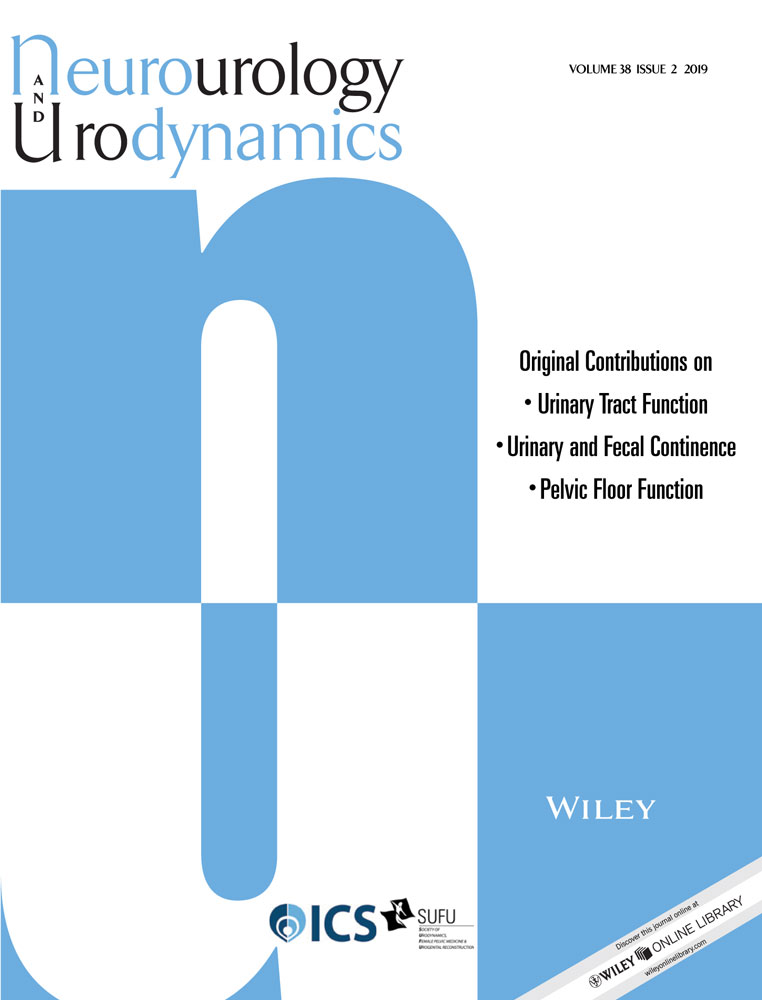Repeatability of tools to assist in the follow up and troubleshooting of sacral neuromodulation patients using the sensory response
Abstract
Purpose
Sacral neuromodulation (SNM) is an established minimally invasive therapy for functional disorders of the pelvic organs in which electrodes are stimulated in proximity of the sacral spinal nerves. Reprogramming of the electrodes is regularly required and is based on the sensory response. This study assesses the repeatability of a pelvic chart and grading system to enable a more objective assessment of the sensory response upon electrode stimulation.
Material and Methods
In 26 SNM patients, with OAB or NOUR, assessment of the sensory response was done using the sensory threshold (ST) and a pelvic chart with 1 cm2 coordinates, each coordinate corresponding with a dermatome and location of sensation (LoS). A grading system was developed based upon the ST and LoS. Repeatability of ST was assessed using a two-way mixed effects, absolute agreement, single rater/measurement intraclass correlation coefficient (ICC), and displayed using a correlation and Bland Altman plot. Repeatability of dermatomes, LoS, and grading system was assessed using kappa correlation coefficient.
Results
On average, 1.55 ± 0.85 coordinates were used to point out the area where the stimulation was perceived. The mean amount of coordinates between the area pointed at during the first and second measurement was 0.47 ± 0.74. ST showed excellent repeatability (ICC 0.93, 95%CI 0.90-0.94, P < 0.001). Dermatomes, LoS and grading system showed a substantial to almost perfect agreement (κ = 0.740-0.833, P < 0.001).
Conclusions
The pelvic chart and grading system, using the sensory response upon electrode stimulation, are repeatable tools and can be used to assist in follow up and troubleshooting of SNM patients.




